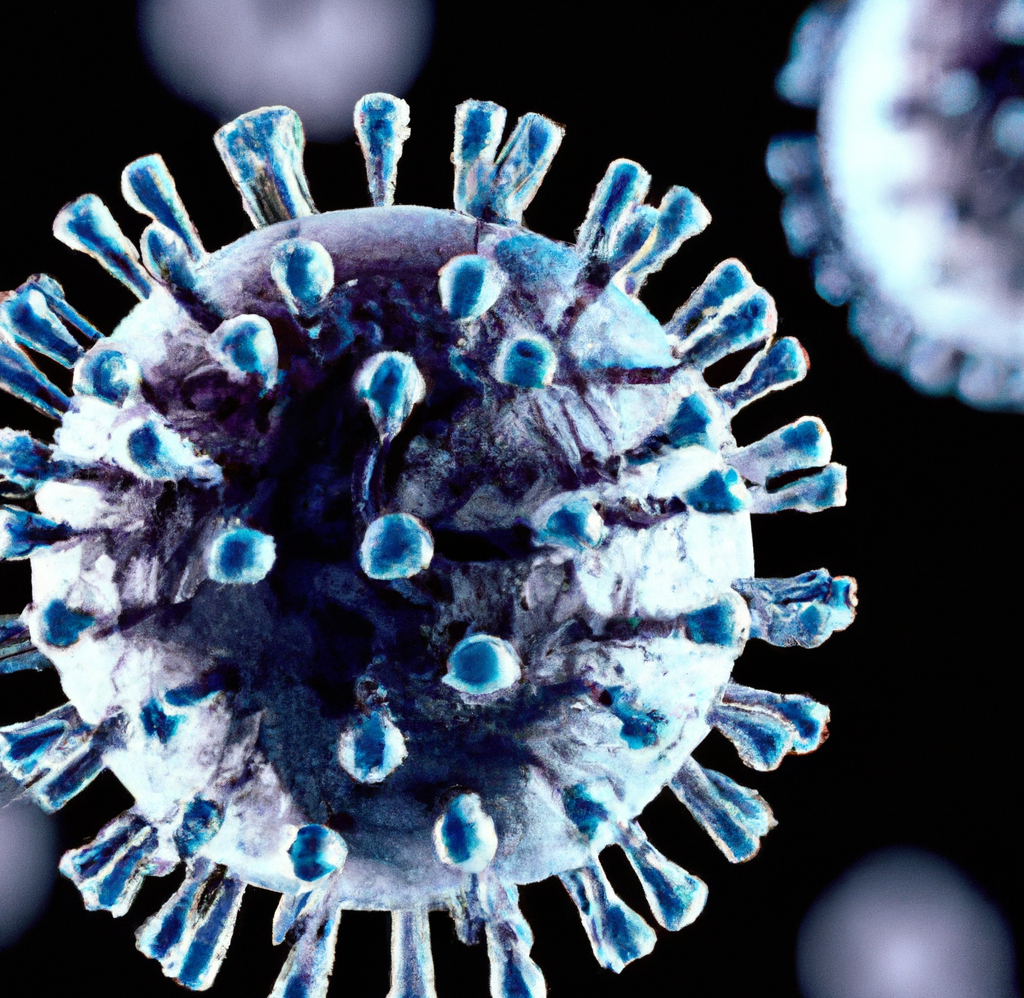Studying and Preparing for the Next Potential Pandemic
The impact of the Covid-19 pandemic on global health and economies has been devastating. As we recover from its crisis, researchers, scientists, and policymakers worldwide are already delving deeply into studying the pandemic's lessons and preparing proactively for potential future pandemics.
The Covid-19 pandemic has imparted unprecedented dynamism to research. Scientists have leveraged real-time analytics, machine learning, and artificial intelligence to study the virus's pattern, predict its spread, understand its behavior, and trace its origins. The virus's genetic makeup has been decoded almost in real-time to develop vaccines, demonstrating how technological advancements can expedite pandemic responses in the future (Science Daily, 2020).
The pandemic has also broadened the horizons of public health measures. It has become clear that addressing such crises requires more than just having strong healthcare infrastructures in place. Integrated responses entailing stringent public health measures (like social distancing and lockdowns), digitization (to facilitate remote work and study), and strengthened delivery mechanisms (for providing essential goods and services amid lockdowns) are required. Policy initiatives and societal behavior, thus, emerge as crucial elements in pandemic preparedness (KPMG, 2020).
One of the critical steps toward pandemic preparedness is identifying and monitoring potential outbreaks of zoonotic diseases, which constitute about 75% of all emerging infectious diseases, including Covid-19 (World Health Organization, 2017). Effective surveillance systems, prompt reporting, and open data sharing are essential to detect, respond to, and prevent zoonotic disease outbreaks.
Initiatives such as the PredicTED program – developed by scientists at the EcoHealth Alliance – use artificial intelligence, machine learning, and big data analytics to predict zoonotic virus spillover risks, thus, potentially enabling early interventions (EcoHealth Alliance, 2020). The Global Virome Project (GVP) takes another strategic approach to zoonotic diseases by aiming to identify 90% of the planet's potential viral threats over the next ten years (Global Virome Project, n.d.).
Similarly, USAID's Emerging Pandemic Threats program, including PREDICT, focuses on detecting and responding to emerging infectious diseases resulting from human-animal interaction. The project has identified over 1,200 new viruses to date, including a new Ebola virus (USAID, 2019).
Considering the enormous public health implications, more global cooperation, open data sharing, and funding are necessary for such initiatives. The Covid-19 pandemic has stressed the critical need for preparedness to curb the spread of infectious diseases timely. The lessons learned from this pandemic should guide the future of public health interventions, technological usage in healthcare, and global cooperation to ensure that we are better equipped to tackle any future health crisis.
Sources:
1. Science Daily (2020). Genomic study points to natural origin of COVID-19. https://www.sciencedaily.com/releases/2020/03/200317175442.htm
2. KPMG (2020). Covid-19: A wake-up call for enterprise resilience. https://home.kpmg/xx/en/home/insights/2020/03/COVID-19-a-wake-up-call-for-enterprise-resilience.html
3. World Health Organization (2017). Zoonotic Diseases. https://www.who.int/news-room/fact-sheets/detail/zoonoses
4. EcoHealth Alliance (2020). The PredicTED Program. https://www.ecohealthalliance.org/program/predict
5. Global Virome Project (n.d.). About the Global Virome Project. https://www.globalviromeproject.org/about/
6. USAID (2019). Emerging Pandemic Threats Program. https://www.usaid.gov/news-information/fact-sheets/emerging-pandemic-threats-program

 August is Immunization Awareness Month. Click here to learn more about the Ragon Institute and their
August is Immunization Awareness Month. Click here to learn more about the Ragon Institute and their